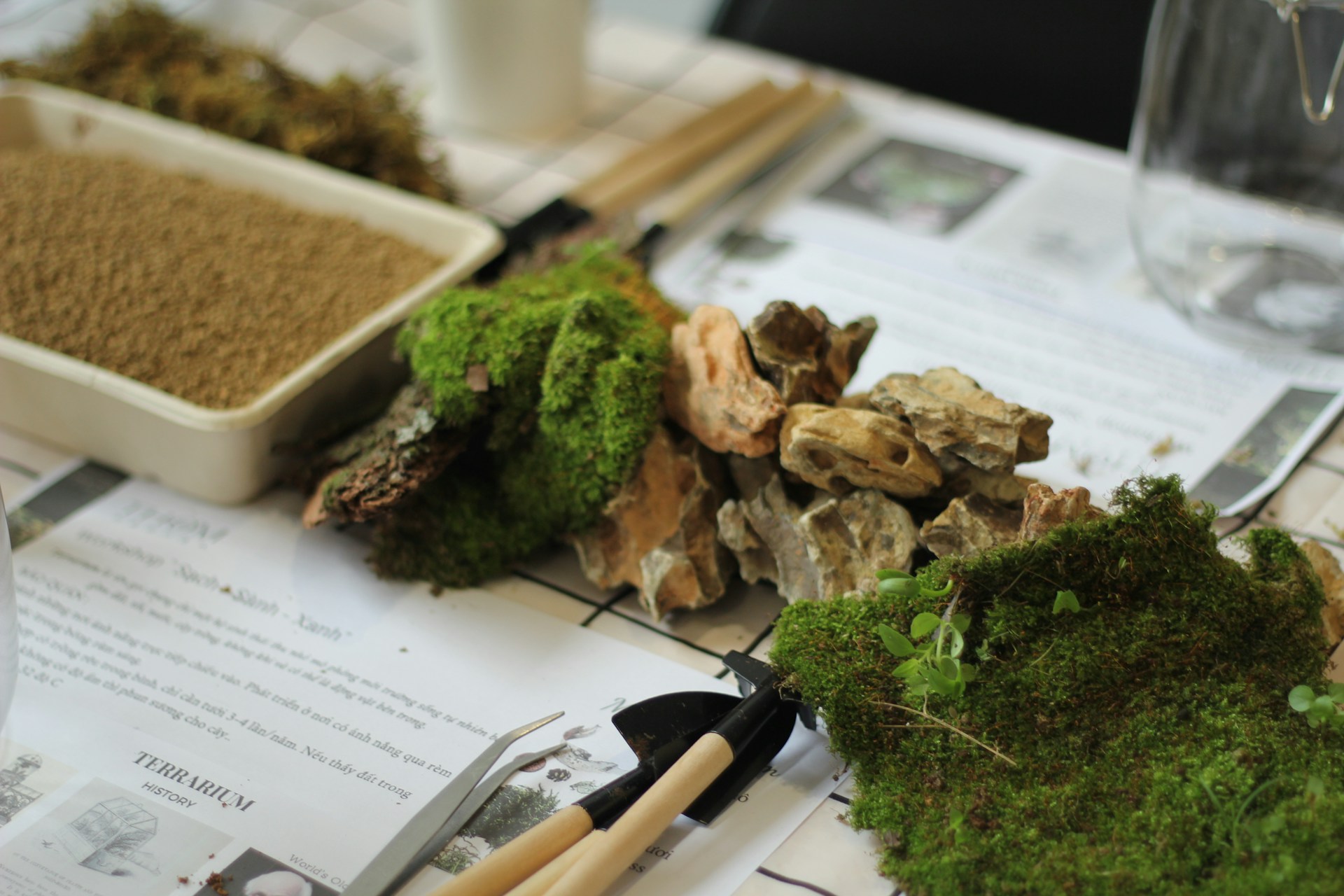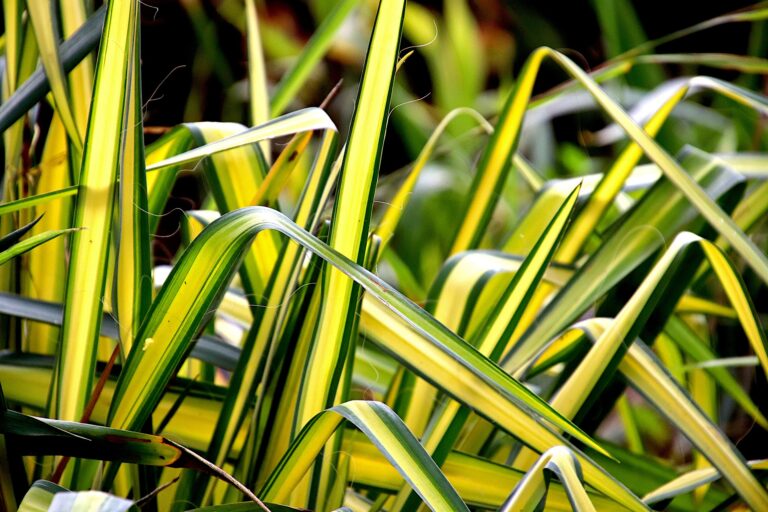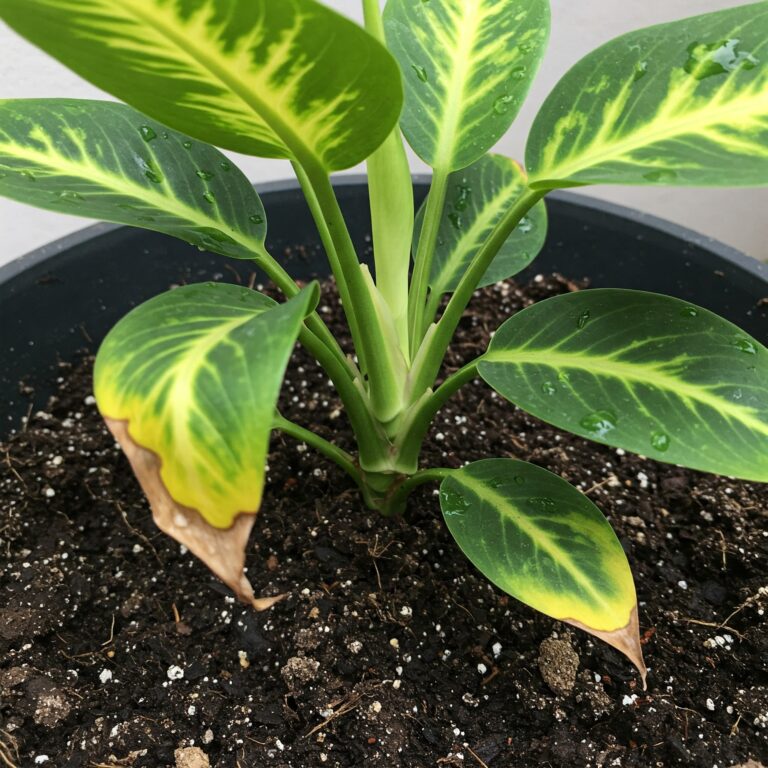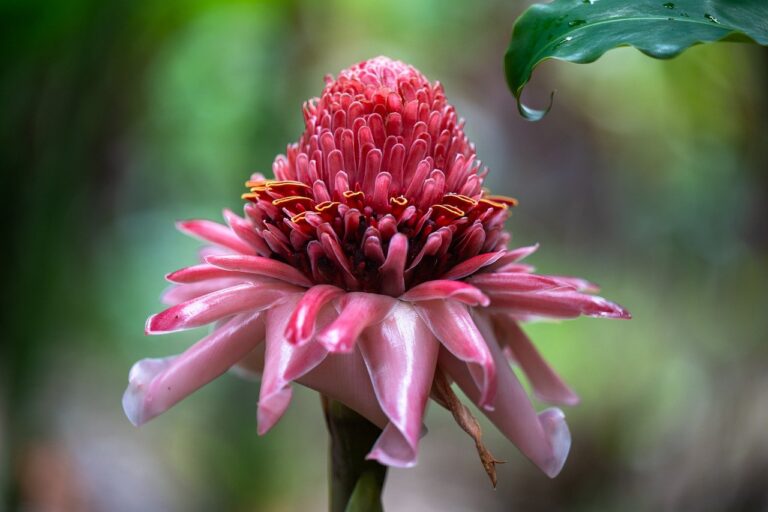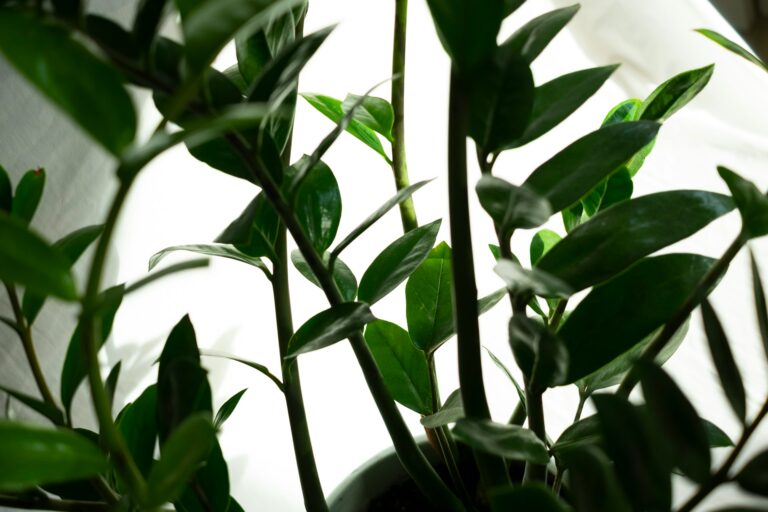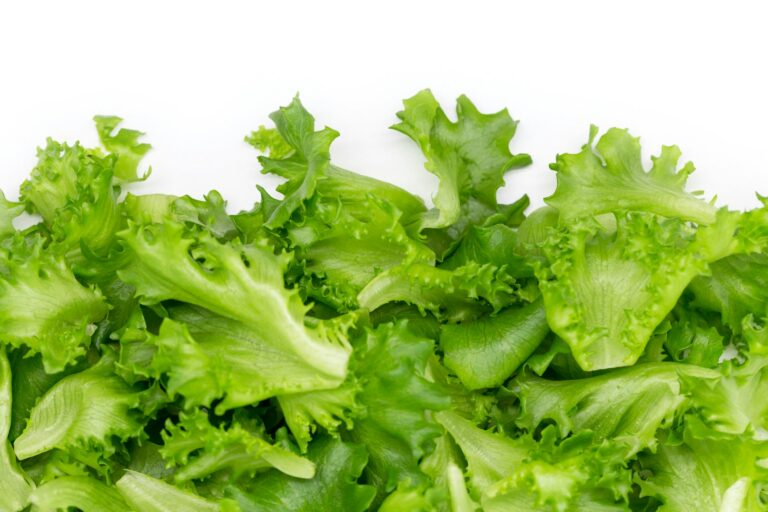If you’re looking to create a lush and vibrant terrarium, you have to choose the perfect moss. Moss adds a natural and beautiful touch to your terrarium, helps regulate moisture levels, and provides a comfortable environment for your plants and animals. With so many different types of moss available, it can be overwhelming to decide which is the best moss for terrarium.
One of the most popular types of moss for terrariums is sheet moss. This type of moss has a flat, velvety texture and grows in large, dense clumps. Sheet moss is excellent for creating a natural-looking ground cover and is easy to maintain. Another great option is cushion moss, which is soft and fluffy. This type of moss is perfect for creating a cozy and comfortable environment for animals in your terrarium.
What is a Terrarium?
A terrarium is a miniature indoor garden that is enclosed in a glass container. It is a self-contained ecosystem that can grow various plants, including moss, ferns, succulents, and cacti. Terrariums are great for people who want to bring a piece of nature into their home or office but only have a little space or time to care for a full-sized garden.
Terrariums come in many shapes and sizes, from small jars to large aquariums. They can be open or closed and can be designed to mimic a specific environment, such as a desert or rainforest. The key to a successful terrarium is to choose the right plants and create the right conditions for them to thrive.
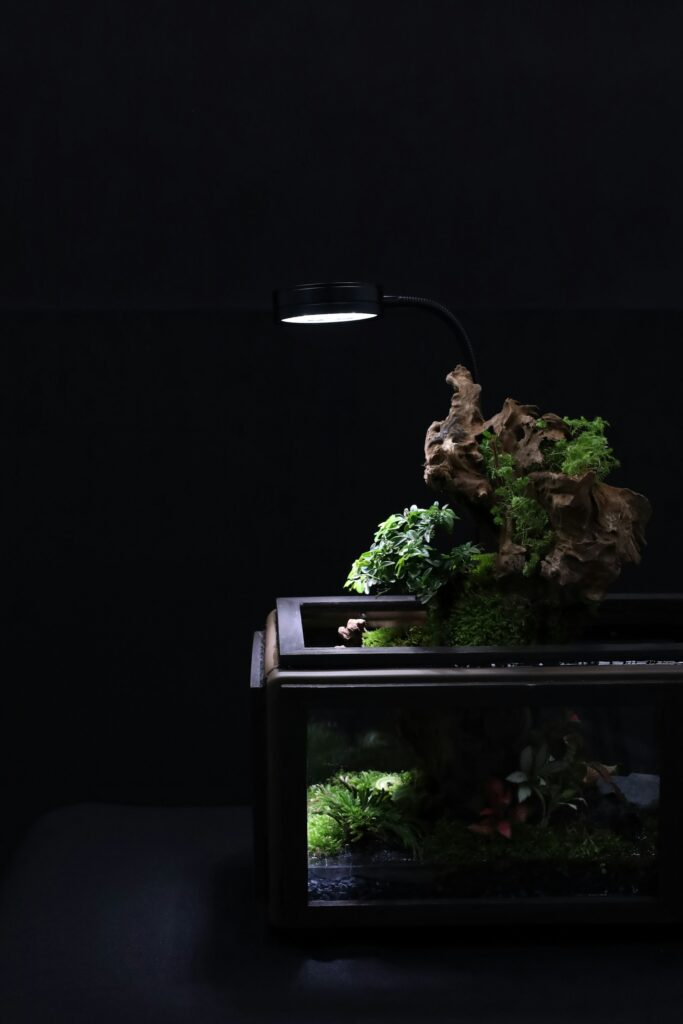
When creating a terrarium, ensure that you choose plants that are suited to the environment you are trying to create. For example, if you are creating a desert terrarium, you will want to choose plants that are adapted to hot, dry conditions, such as cacti and succulents. If you are creating a rainforest terrarium, you will want to choose plants that thrive in humid conditions, such as ferns and mosses.
In addition to choosing the right plants, you must create the right conditions for them to grow. This may include adding soil, rocks, and other materials to the bottom of the container and providing the right amount of water, light, and humidity.
The best moss for terrariums to consider growing
When choosing the right moss for your terrarium, there are several different types to consider. Each type of moss has its unique characteristics and benefits, so it’s important to choose the one that best suits your needs.
Tree Moss (Climacium Dendroides)
Tree moss is a popular choice for terrariums because of its branching structure. This type of moss is commonly found in forests and woodlands, and it thrives in moist environments. Tree moss is a great option if you’re looking to create a natural, forest-like environment in your terrarium.
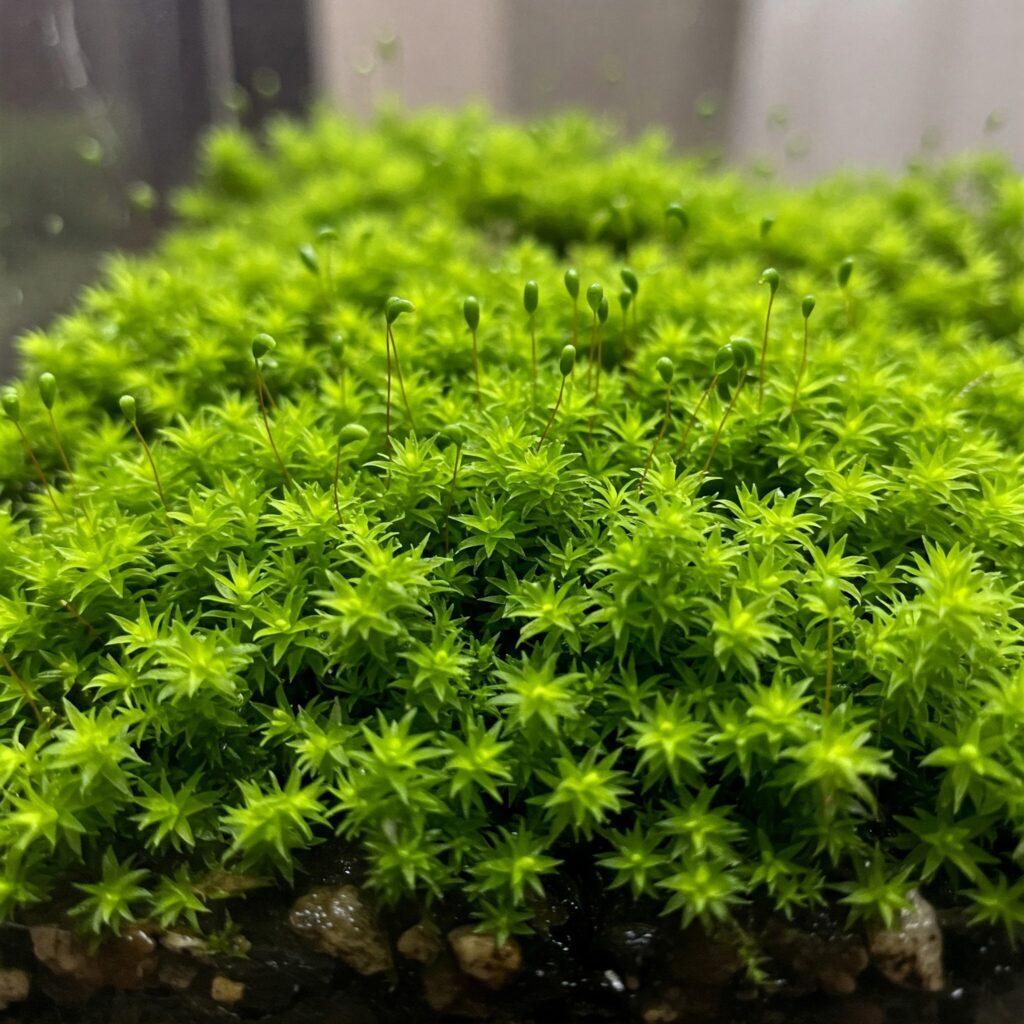
Mood Moss (Dicranum Scoparium)
Mood moss is another type with a feathery appearance and is often used to create a soft, mossy carpet effect. Mood moss is also great for creating a natural woodland environment in your terrarium.
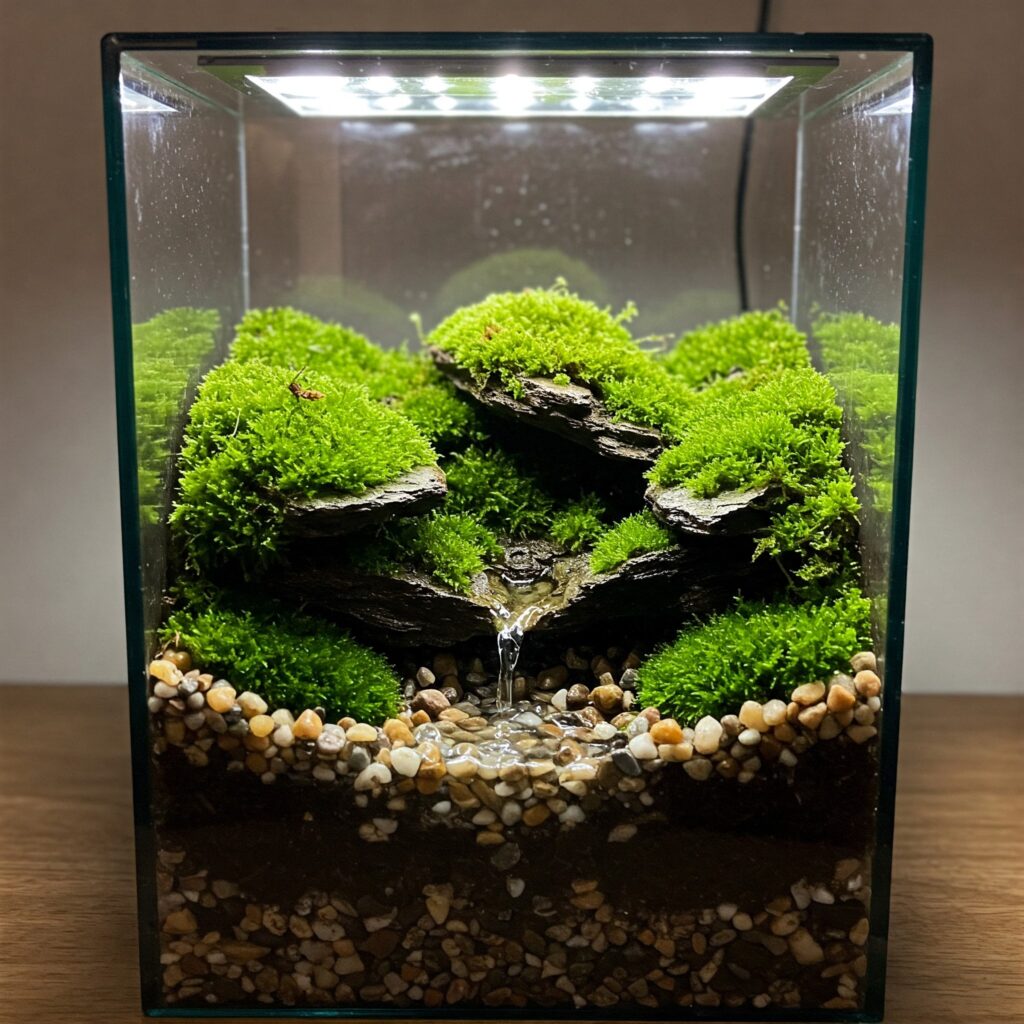
Peat Moss (Sphagnum Moss)
Peat moss, or Sphagnum moss, is a type of moss that is often used in terrariums to help retain moisture. This type of moss is commonly found in bogs and wetlands and is known for its ability to absorb and retain water. Peat moss is a great option if you’re looking to create a moist, humid environment in your terrarium.
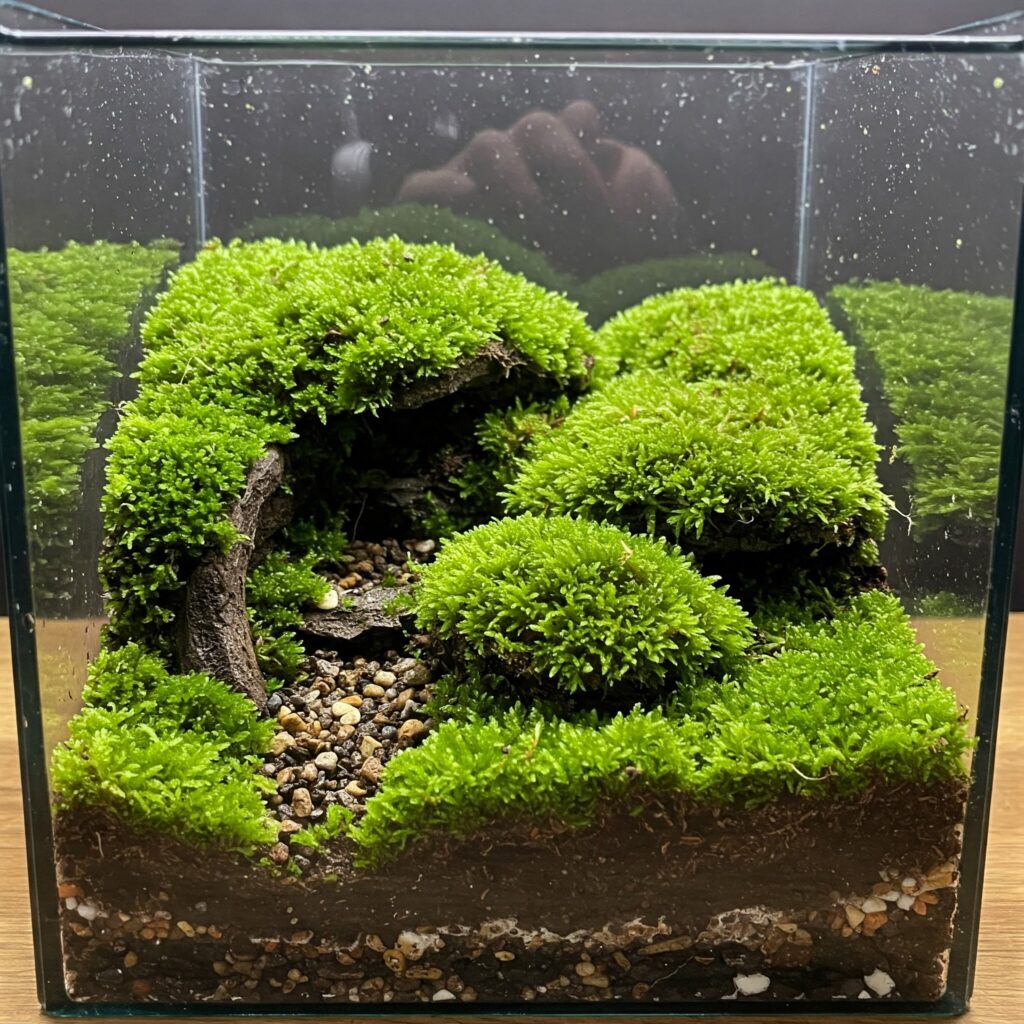
Star Moss (Tortula Ruralis)
Star moss, or Tortula ruralis, is a small, star-shaped moss that is often used in terrariums for its unique texture and appearance. This type of moss is commonly found in dry, rocky areas and is known for its ability to withstand drought conditions. Star moss is a great option if you’re looking to add some visual interest to your terrarium.
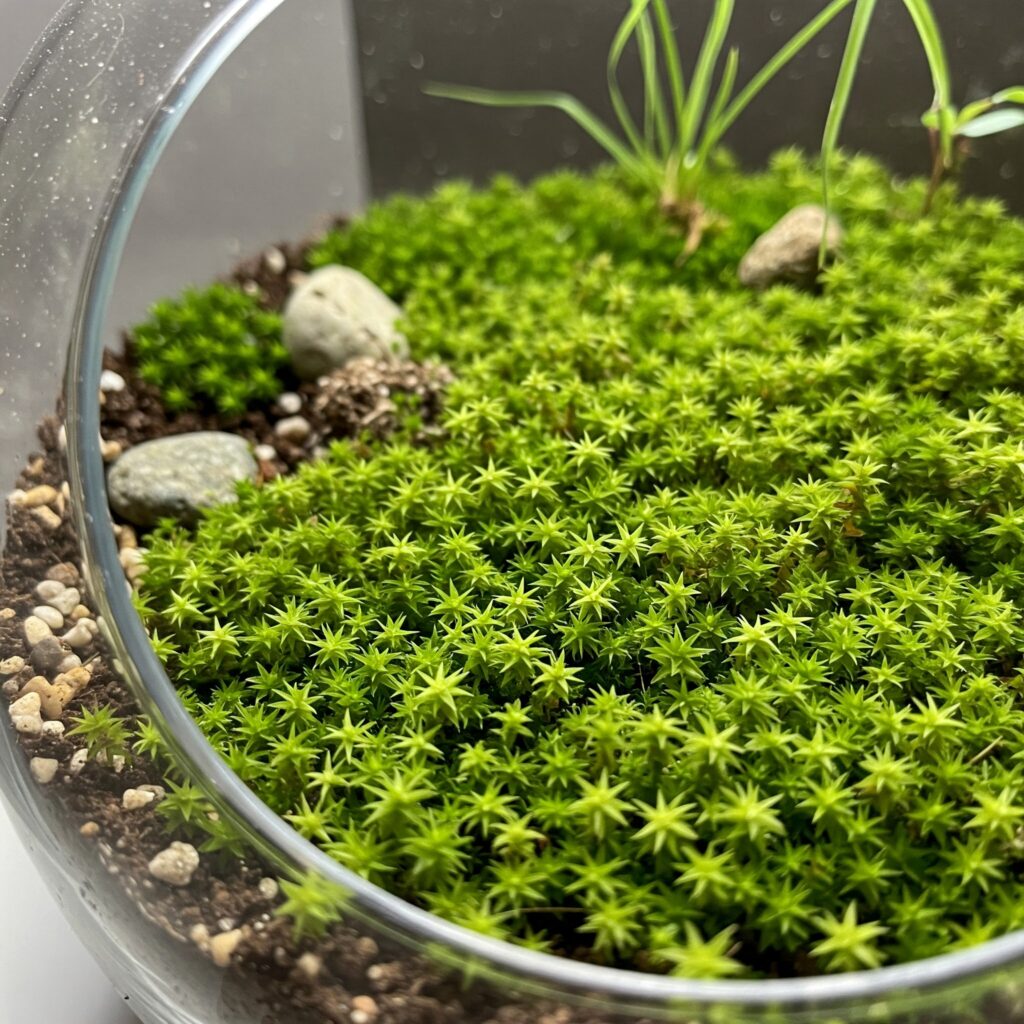
Club Moss (Selaginella Kraussiana)
Club moss, or Selaginella kraussiana, is a type of moss that is often used in terrariums for its unique, fern-like appearance. This type of moss is commonly found in tropical and subtropical regions and thrives in moist, humid environments. Club moss is a great option if you’re looking to add some height and texture to your terrarium.

Cone Moss
Cone moss, also known as sphagnum moss, is a popular choice for terrariums because it retains moisture. This type of moss has a cone-shaped structure that helps it hold onto water, making it ideal for creating a humid environment in your terrarium.
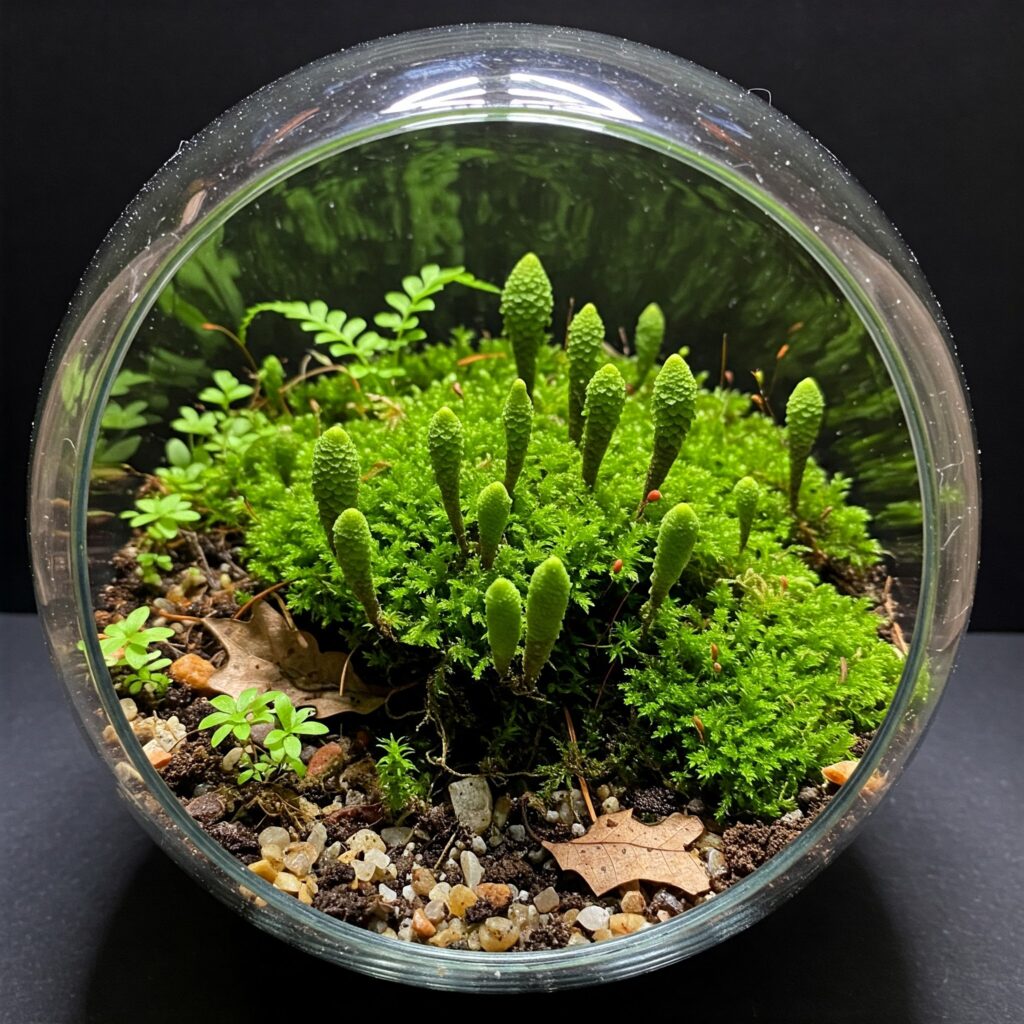
Liverwort
Liverwort is another type of moss that is well-suited for terrariums. This type of moss has a unique, almost fern-like appearance and can be used to create a lush, green carpet in your terrarium. Liverwort prefers a moist environment, so dampen the soil in your terrarium.
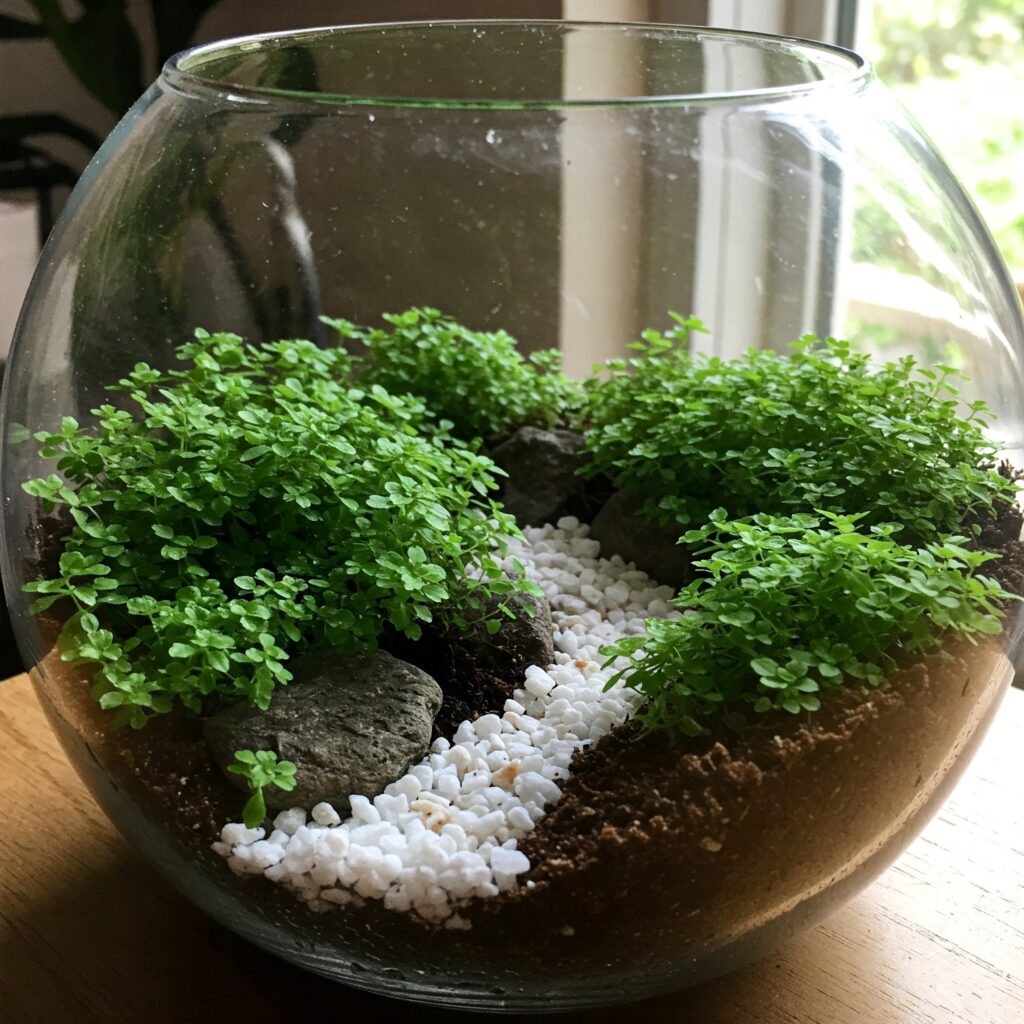
Pin Cushion Moss
Pin cushion moss is a small, low-growing moss that is perfect for creating a natural-looking ground cover in your terrarium. This type of moss prefers a dry environment, so it’s ideal for terrariums that don’t require a lot of moisture.
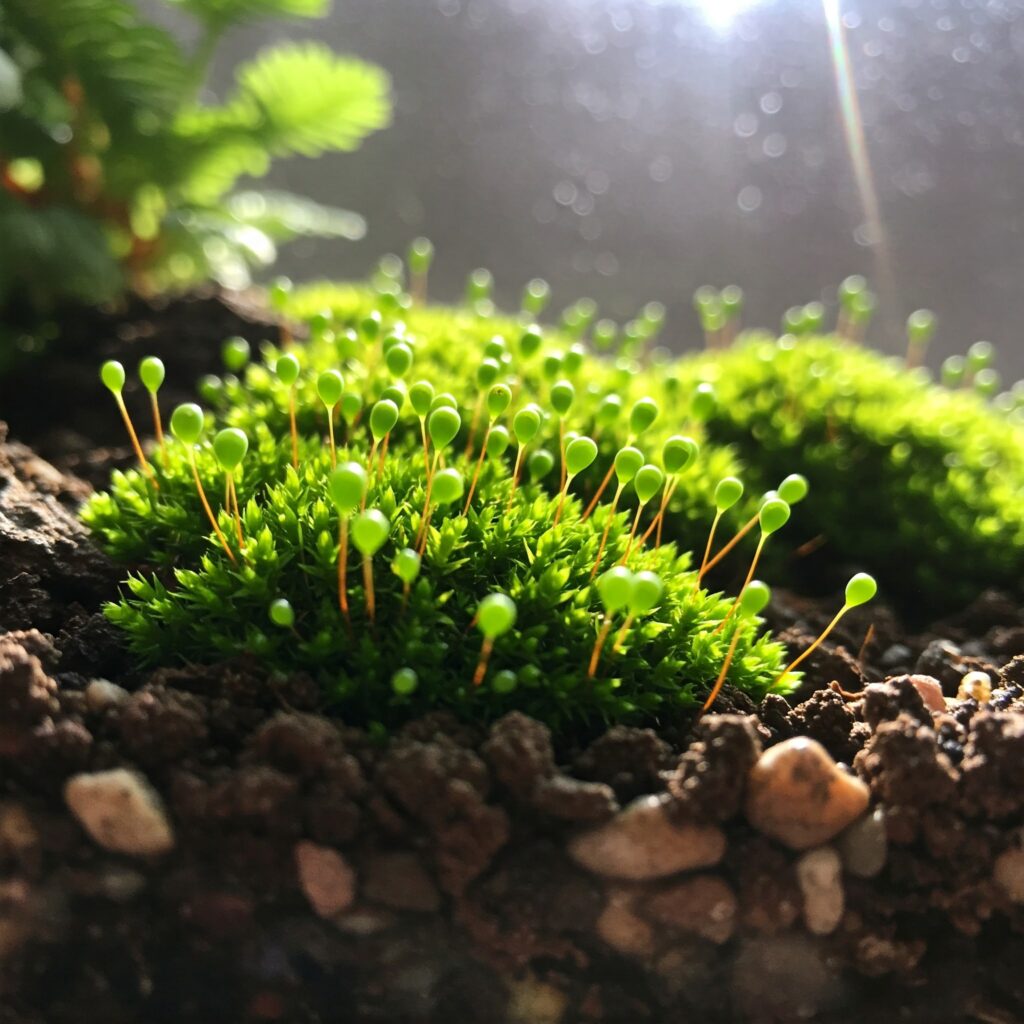
Java Moss
Java moss is a popular choice for aquariums but can also be used in terrariums. This type of moss has a feathery appearance and can be used to create a natural-looking background in your terrarium. Java moss prefers a moist environment and can be grown on rocks or other surfaces.
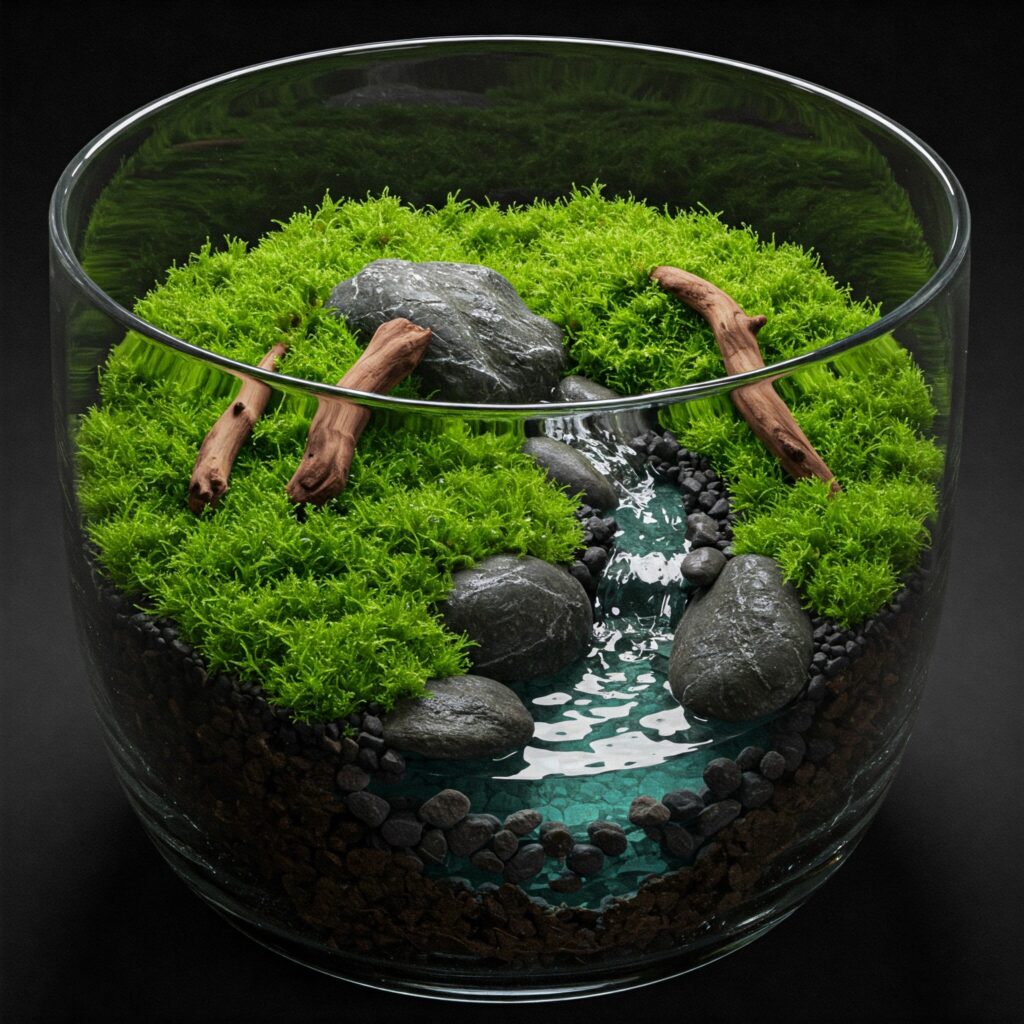
Feather Moss
Feather moss is a delicate, fern-like moss that is perfect for creating a natural-looking environment in your terrarium. This type of moss prefers a moist environment and can be used to create a lush, green carpet in your terrarium.
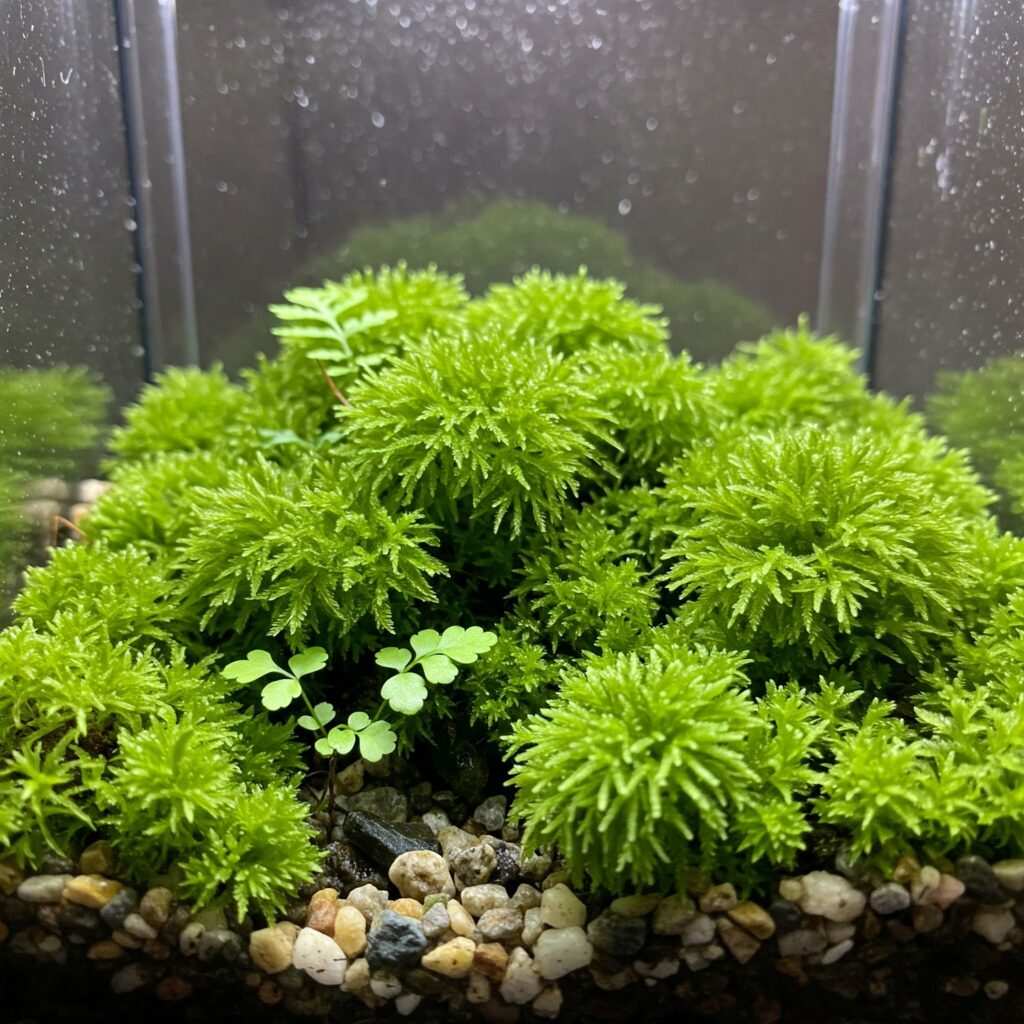
Fern Moss
Fern moss is a type of moss that has a fern-like appearance and prefers a moist environment. This type of moss can be used to create a natural-looking background in your terrarium and can be grown on rocks or other surfaces.
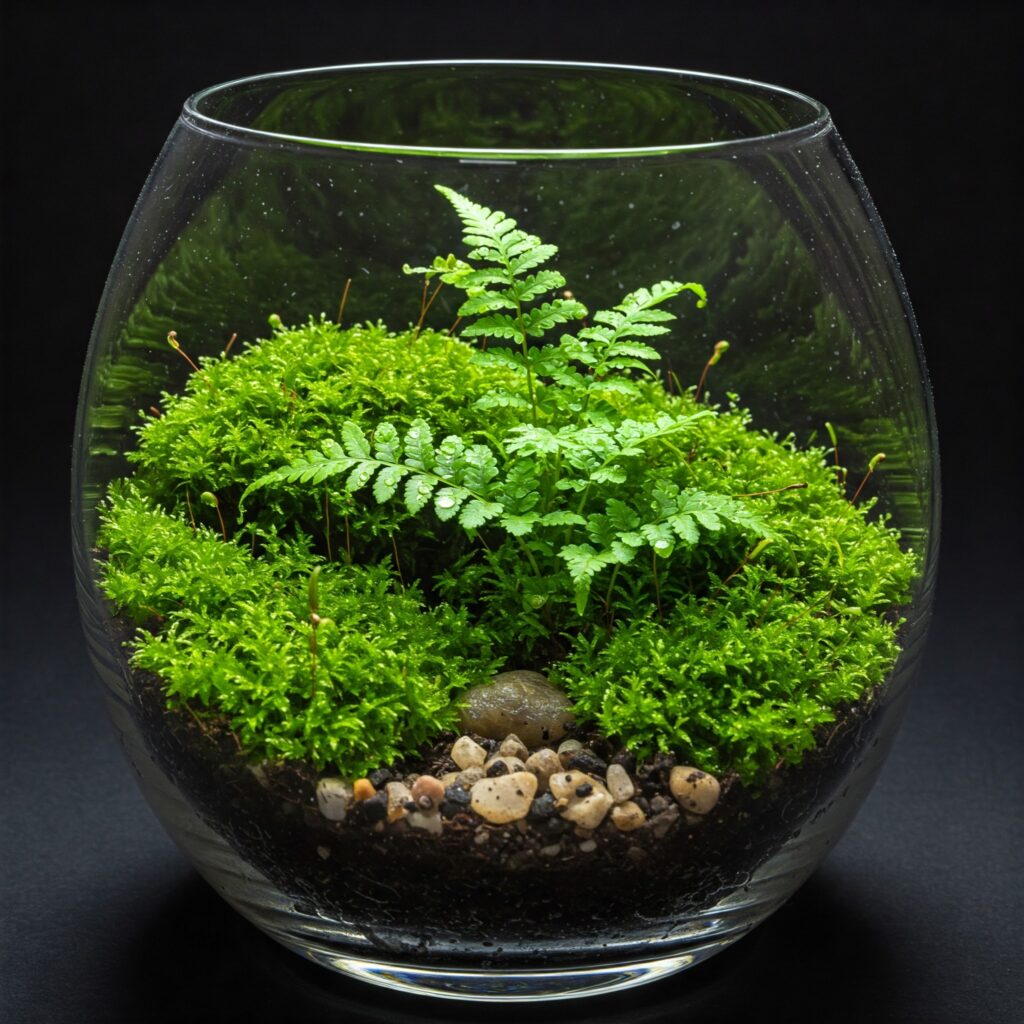
Sheet Moss
Sheet moss is a low-growing moss that is perfect for creating a natural-looking ground cover in your terrarium. This type of moss prefers a moist environment and can be used to create a lush, green carpet in your terrarium.
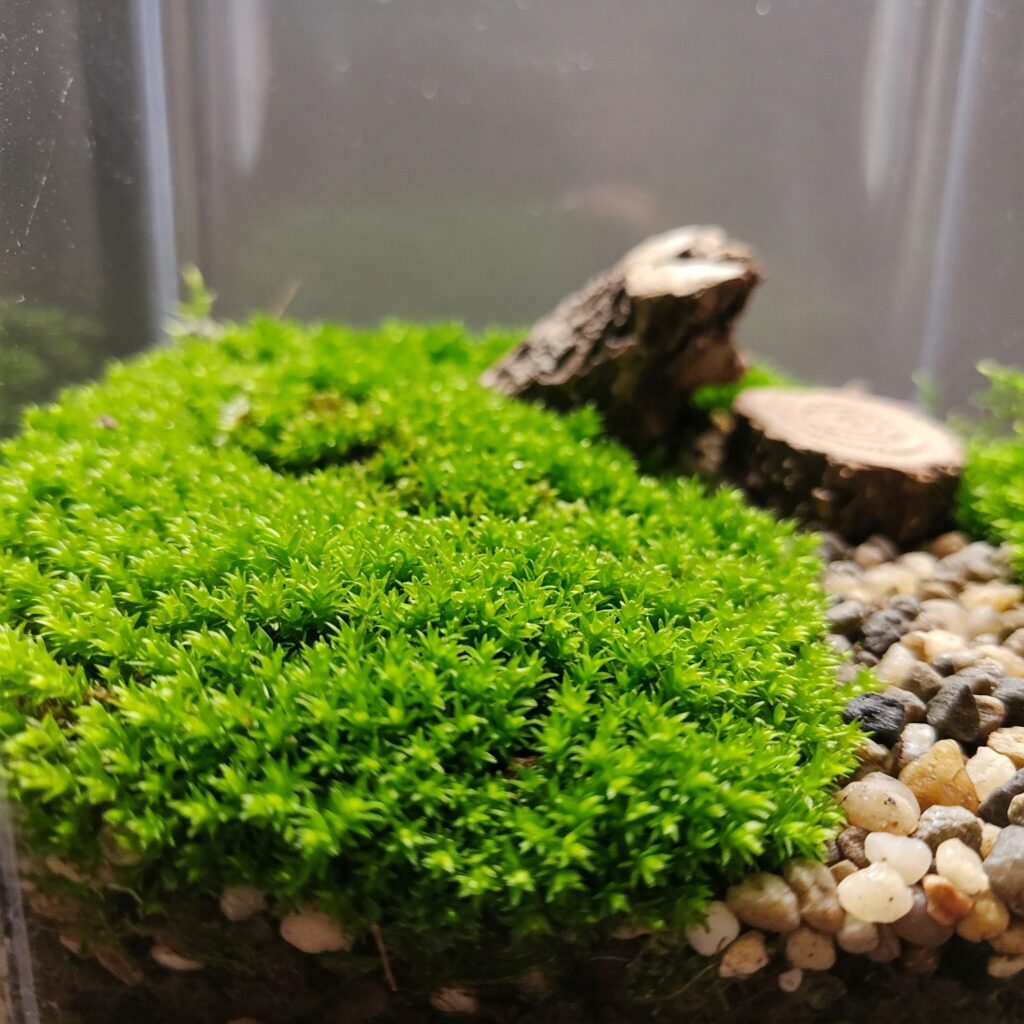
10 Succulent Plants That Grow Tall
Considerations When Choosing Moss for Terrariums
When choosing the best moss for your terrarium, there are several factors that you need to consider. These include light requirements, moisture needs, growth habits, and compatibility with other plants. Once you consider these factors, you can choose the right moss for your terrarium and ensure it thrives.
Light Requirements
Different types of moss have different light requirements. Some prefer bright, indirect light, while others thrive in low-light conditions. When choosing a moss for your terrarium, consider the amount of light that your terrarium receives and choose a moss that is suited to those conditions.
Moisture Needs
Mosses require consistent moisture to thrive. Some species prefer a consistently damp environment, while others can tolerate periods of dryness. When choosing a moss for your terrarium, consider the humidity level of your terrarium and choose a moss that is suited to those conditions.
Growth Habits
Different types of moss have different growth habits. Some grow tall and bushy, while others spread out and form a carpet. When choosing a moss for your terrarium, consider the growth habit of the moss and choose a moss that is suited to the size and shape of your terrarium.
Compatibility with Other Plants
When choosing moss for your terrarium, consider the other plants that will be sharing the space. Some mosses can coexist with other plants, while others can be invasive and take over the terrarium. Choose a moss compatible with the other plants in your terrarium to ensure they all thrive.
How to Plant Moss in a Terrarium
Planting moss in a terrarium is a relatively simple process that requires some basic preparation. Here are the steps you need to follow to plant moss in a terrarium:
- Choose the right type of moss: There are many different types of moss, each with its unique characteristics. Some mosses prefer moist environments, while others prefer drier conditions. Choose a moss that is well-suited to the environment you are creating in your terrarium.
- Prepare your terrarium: Before planting moss, make sure your terrarium is clean and free of any debris. You can use a damp cloth or a soft-bristled brush to clean the inside of the terrarium.
- Add a layer of substrate: Moss needs a substrate to grow on. You can use a mixture of soil, sand, and peat moss to create a suitable substrate for your moss.
- Plant the moss: Once you have prepared the substrate, it’s time to plant it. Gently press the moss into the substrate, making sure it is firmly rooted.
- Mist the moss: Moss needs to be kept moist to grow. Use a spray bottle to mist the moss regularly, making sure not to overwater it.
- Provide adequate lighting: Moss needs adequate lighting in order to grow. Place your terrarium in a location that receives indirect sunlight or use a grow light to provide the necessary light.
By following these steps, you can successfully plant moss in your terrarium and create a beautiful, natural environment for your plants.
Maintaining Moss in a Terrarium
Watering
Moss thrives in a moist environment, but overwatering can cause it to rot. You should water your terrarium moss when the top layer of soil feels dry, usually every 1-2 weeks. Use a spray bottle to mist the moss lightly, or pour water into the bottom of the terrarium and let it soak up through the soil.
Lighting
Moss prefers indirect or filtered light, so avoid placing your terrarium in direct sunlight. If your terrarium is in a low-light area, you may need to supplement it with artificial light. LED grow lights are a great option and can be set timed to mimic natural daylight hours.
Fertilizing
Moss doesn’t require much fertilizer, but a small amount can help it grow lush and vibrant. Use a diluted liquid fertilizer, such as fish emulsion or seaweed extract, and apply it once a month. Be careful not to over-fertilize, as this can harm the moss.
Pruning
Moss doesn’t require much pruning, but you may need to trim it occasionally to keep it looking tidy. Use a pair of scissors or pruning shears to snip off any brown or dead sections. You can also shape the moss by trimming it into a specific shape or design.
Conclusion
In conclusion, choosing the best moss for your terrarium depends on various factors, such as the size of your terrarium, the type of plants you have, and the humidity level you want to maintain.
If you have a small terrarium, cushion moss or sheet moss would be a great choice, as they are easy to maintain and grow well in humid environments. If you have a larger terrarium, fern moss or peat moss would be a good option, as they can grow up to several inches tall and provide a lush, forest-like feel.
It’s important to note that some mosses may be more difficult to find and purchase than others. For example, sphagnum moss is commonly used in terrariums but can be harder to find in stores. However, it can be easily purchased online.
When maintaining your moss, keep the humidity level consistent and avoid over-watering. Mosses are sensitive to environmental changes and can quickly die if not cared for properly. Experiment with different types and see which ones work best for you and your plants.
